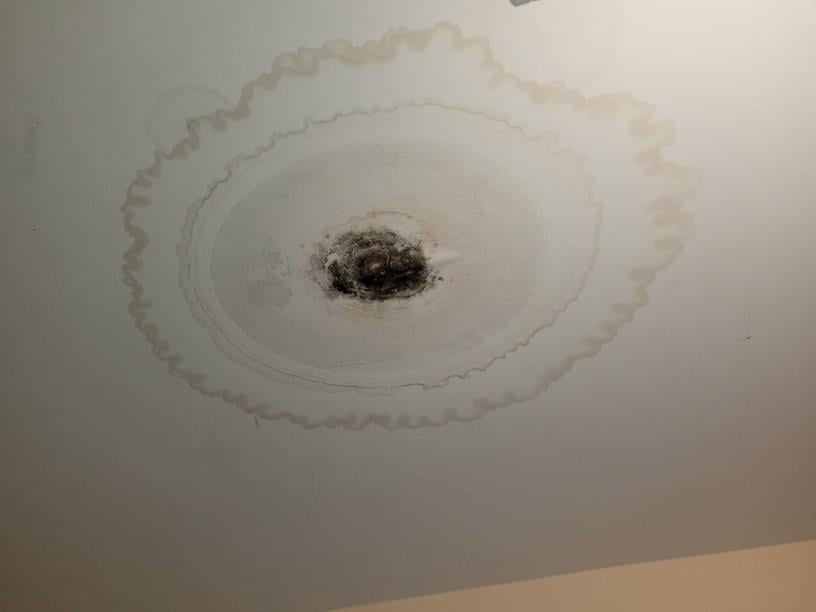Exactly how to Check If Your House Has a Hidden Leakage
Exactly how to Check If Your House Has a Hidden Leakage
Blog Article
Are you trying to find help and advice around Finding hidden leaks?

Early detection of leaking water lines can alleviate a possible disaster. Some little water leakages might not be visible.
1. Examine the Water Meter
Every house has a water meter. Checking it is a proven manner in which helps you find leaks. For beginners, switch off all the water resources. Make sure nobody will flush, use the tap, shower, run the cleaning equipment or dish washer. From there, go to the meter and watch if it will transform. Because nobody is using it, there should be no movements. That suggests a fast-moving leak if it relocates. If you spot no modifications, wait a hr or two as well as check back once more. This implies you may have a slow leakage that can also be underground.
2. Examine Water Usage
Evaluate your water expenses and also track your water consumption. As the one paying it, you should see if there are any type of disparities. If you spot sudden changes, despite your usage being the same, it suggests that you have leaks in your plumbing system. Keep in mind, your water costs ought to fall under the exact same variety on a monthly basis. A sudden spike in your bill suggests a fast-moving leakage.
A constant increase every month, even with the exact same routines, shows you have a slow leak that's also slowly escalating. Call a plumber to extensively inspect your building, especially if you really feel a cozy area on your flooring with piping underneath.
3. Do a Food Coloring Examination
When it comes to water usage, 30% comes from bathrooms. If the shade in some way infiltrates your dish throughout that time without flushing, there's a leak in between the storage tank as well as bowl.
4. Asses Outside Lines
Do not fail to remember to inspect your outside water lines too. Should water leak out of the connection, you have a loosened rubber gasket. One small leakage can lose lots of water and spike your water bill.
5. Examine the scenario and examine
Property owners ought to make it a routine to inspect under the sink counters and also also inside cupboards for any kind of bad odor or mold and mildew development. These two warnings suggest a leak so timely focus is called for. Doing routine examinations, even bi-annually, can conserve you from a significant problem.
Check for discolorations and also damaging as a lot of appliances as well as pipes have a life expectancy. If you presume dripping water lines in your plumbing system, do not wait for it to intensify.
Early discovery of dripping water lines can alleviate a possible catastrophe. Some tiny water leaks may not be noticeable. Examining it is a surefire method that helps you discover leakages. One small leakage can squander loads of water as well as surge your water bill.
If you presume dripping water lines in your plumbing system, don't wait for it to intensify.
WARNING SIGNS OF WATER LEAKAGE BEHIND THE WALL
PERSISTENT MUSTY ODORS
As water slowly drips from a leaky pipe inside the wall, flooring and sheetrock stay damp and develop an odor similar to wet cardboard. It generates a musty smell that can help you find hidden leaks.
MOLD IN UNUSUAL AREAS
Mold usually grows in wet areas like kitchens, baths and laundry rooms. If you spot the stuff on walls or baseboards in other rooms of the house, it’s a good indicator of undetected water leaks.
STAINS THAT GROW
When mold thrives around a leaky pipe, it sometimes takes hold on the inside surface of the affected wall. A growing stain on otherwise clean sheetrock is often your sign of a hidden plumbing problem.
PEELING OR BUBBLING WALLPAPER / PAINT
This clue is easy to miss in rooms that don’t get much use. When you see wallpaper separating along seams or paint bubbling or flaking off the wall, blame sheetrock that stays wet because of an undetected leak.
BUCKLED CEILINGS AND STAINED FLOORS
If ceilings or floors in bathrooms, kitchens or laundry areas develop structural problems, don’t rule out constant damp inside the walls. Wet sheetrock can affect adjacent framing, flooring and ceilings.
https://www.servicemasterbyzaba.com/blog/how-to-detect-water-leakage-in-walls/

As a serious reader on Detecting hidden plumbing leaks, I imagined sharing that piece was really useful. Do you know about another individual who is fascinated about the subject? Please feel free to share it. Kudos for your time. Don't forget to visit our site back soon.
Report this page